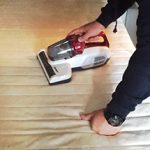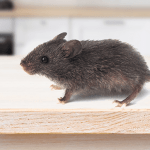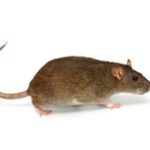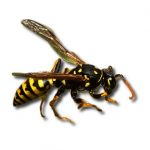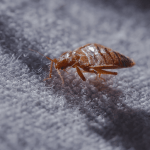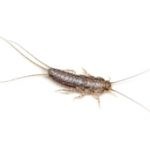How to Get Rid of Dust Mites Naturally
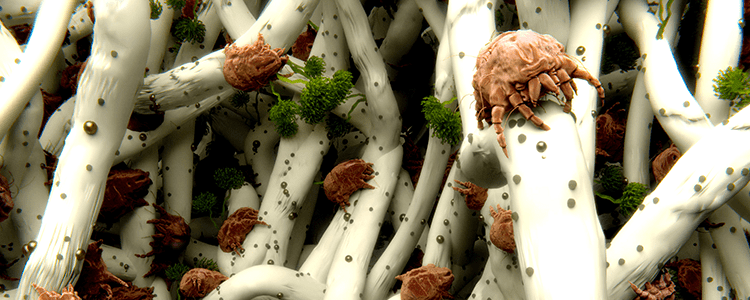
Although they’re not typically classified as pests, dust mites are among the most widespread triggers of indoor allergies in humans. These microscopic arachnids are invisible to the naked eye and thrive in warm, humid environments, especially in soft furnishings like beds, sofas, carpets, rugs, and drapes. Feeding primarily on dead skin cells shed by both humans and pets, they flourish in areas with high moisture and dust accumulation. Dust mites are nearly impossible to avoid, as they’re present in homes across the globe, from urban apartments to countryside cottages. Their population tends to surge in the warmer months, peaking during summer when indoor humidity levels rise, creating ideal breeding conditions. Understanding where dust mites hide is the first step to naturally reducing their presence in your living space.
Why are dust mites bad for you?
Like many microscopic creatures, dust mites produce a lot of waste. After consuming dead skin cells from humans or pets, enzymes in their digestive system break them down, producing microscopic faecal pellets as a by-product. These tiny droppings, along with the mites’ shed body fragments, become airborne and settle in bedding, carpets, and upholstery, turning them into potent household allergens.
What most people don’t realise is that dust mite allergies are rarely triggered by the mites themselves. It’s their waste and exoskeletons that lead to allergic responses. Incredibly, a single speck of dust can contain up to 40,000 dust mites or their remains, making it difficult to avoid exposure without regular intervention.
For allergy-prone individuals, dust mites can cause a variety of symptoms ranging from sneezing, nasal congestion, and itchy eyes, to more serious issues like eczema flare-ups, difficulty breathing, or even hives and anaphylaxis. These reactions are especially severe in environments where airborne allergens are allowed to build up due to poor ventilation or high humidity.
Read A Simple Guide to Get Rid of Clover Mites
How to get rid of dust mites naturally?
While it’s nearly impossible to eliminate every dust mite, there are several natural, effective strategies to drastically reduce their presence and limit their impact on your health. The following methods target key dust mite habitats and behaviours to help you create a healthier, allergen-reduced home.
Use anti-dust mite bedding
One of the most effective and immediate steps in natural dust mite prevention is switching to anti-dust mite bed linen. These encasements are made from tightly woven, hypoallergenic fabrics that block mites from burrowing into your mattress and pillows. Look for dust mite-proof mattress covers, pillow protectors, and bedding encasements labelled as allergen-blocking.
Using hypoallergenic bedding for mites not only reduces exposure but also makes it easier to wash away allergens regularly.
Apply natural anti-dust mite sprays
If you’re wondering what kills dust mites fast, the answer is high temperatures and essential oils. Eucalyptus oil, in particular, is known for its quick action against mites, making it one of the most effective natural solutions available.
After dusting and wiping down surfaces such as blinds, baseboards, and floors, apply a natural anti-dust mite spray or anti-allergen spray. These not only kill mites on contact but also disrupt the environment they need to survive.
For a DIY homemade spray, mix 30 drops of eucalyptus essential oil (about 1.5 ml) with water in a spray bottle. Lightly spray the mixture on bedding, curtains, carpets, and other soft furnishings.
You can also try essential oil blends for dust mites, which often include tea tree, clove, or lavender oils, all known for their natural pest control properties.
Lower humidity with a dehumidifier
Since dust mites thrive in humidity above 50%, maintaining indoor humidity below that level is crucial. There are two main options:
- A portable dehumidifier which is budget-friendly and ideal for individual rooms.
- A whole-house dehumidification system, which includes a humidistat (or hygrometer) to automatically maintain healthy moisture levels.
If you’re using a portable model, pair it with a digital hygrometer to track humidity and prevent mite resurgence.
Read more: Do Dust Mites Bite?
Professional steam cleaning for dust mites
For items that can’t be regularly machine-washed, such as delicate bed linen, upholstery, curtains, or certain mattresses, consider professional cleaning as an effective and natural solution. Dry cleaning can eliminate many dust mites, but one of the most efficient and eco-friendly options is vapour steam cleaning.
Unlike traditional steam cleaning, which relies heavily on hot water, vapour steam cleaning uses less than 10% water and operates at high temperatures, effectively killing dust mites, bacteria, and fungi, all without adding excess humidity to your environment. This makes it an excellent choice for dust mite allergy sufferers who also want to avoid chemical treatments. For DIY solutions, portable steam vacuums for mattresses are now widely available and easy to use at home.
Conclusion
Getting rid of dust mites naturally isn’t difficult, but it does require consistency and attention to detail. The real challenge lies in targeting their hiding places and eliminating the faecal particles and allergens that trigger respiratory symptoms.
Here’s a quick recap of the most effective natural ways to get rid of dust mites in your home:
- Wash bedding weekly in hot water (60°C+)
- Vacuum regularly using a HEPA vacuum cleaner for dust mites
- Use anti-dust mite bedding, including mattresses and pillow covers
- Declutter and dust with a damp cloth
- Apply essential oil sprays, like eucalyptus or tea tree
- Use a dehumidifier to keep humidity below 50%
- Try vapour steam cleaning for mattresses, carpets, and upholstery
By combining these methods, you can create a cleaner, healthier space, free from the microscopic pests that cause allergic reactions and discomfort. Start with just one or two of these steps today. Even small changes can make a big difference in reducing allergy symptoms and improving your indoor air quality.
Need a pest inspection?
Consider that we give information on possible ways to get rid of dust mites. However, we cannot guarantee that all of the above approaches will work for you.




